The Pleasant Blur: Tips for the Bokeh Effect With Any Camera
by haikuordie in Circuits > Cameras
2332 Views, 14 Favorites, 0 Comments
The Pleasant Blur: Tips for the Bokeh Effect With Any Camera
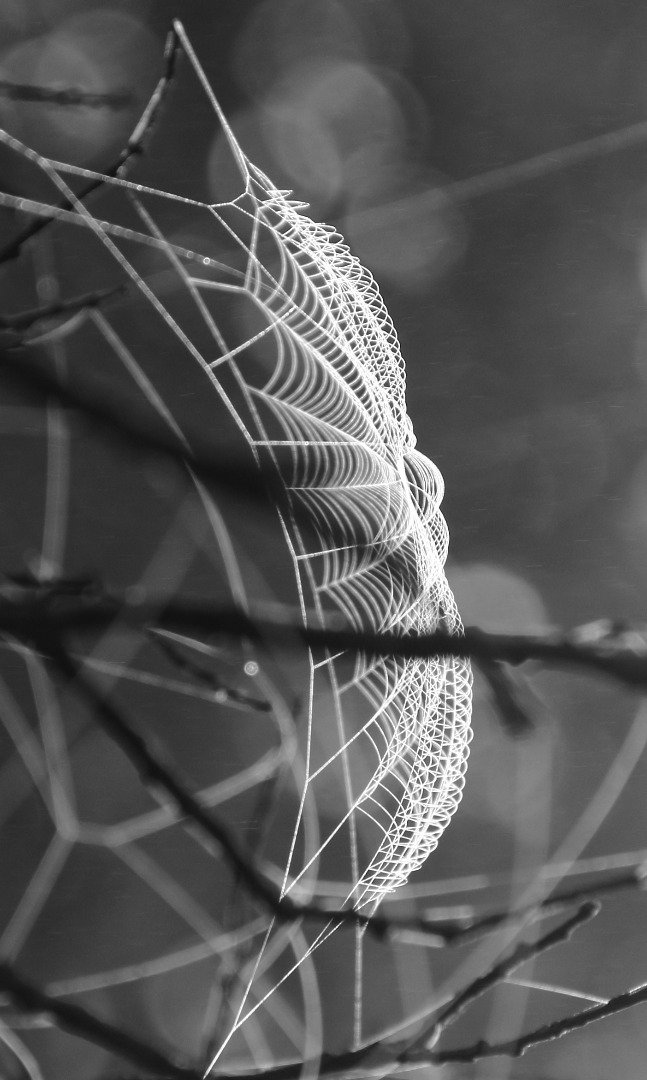.JPG)
What: The bokeh (BOW-KAY) effect is intentional blur in the out of focus parts of a picture. Having a shallow depth of field, or focusing on something close in the foreground, will make this blur more pronounced. The effect is because of the quality of light behind the subject, and how it hazes or blurs when rendered by the camera. The farther away the background is, the more blur will be produced. You can accomplish this somewhat with the distances the subject is away from the background, but also with the settings on your camera. You don't have to have the most advanced camera either. You will just need to learn a little about the camera you have.
Why: What sets apart a snapshot from a picture with bokeh? With this effect, the subject is more prominent and the rest of the picture subdued. These captures have a more professional look and set apart an average picture and make it look special. To see more example of bokeh, or my other photography, please visit my page here.
How
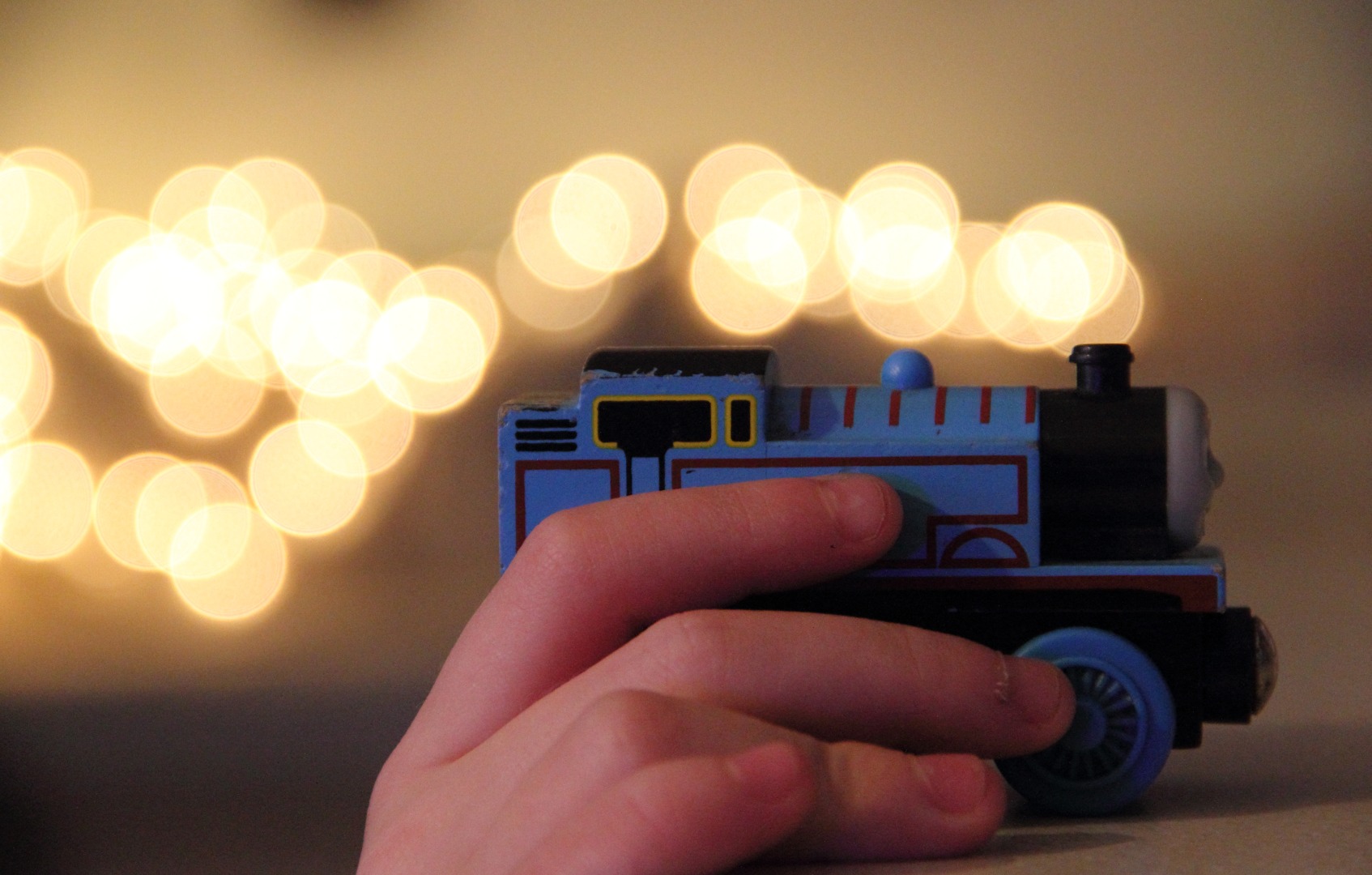
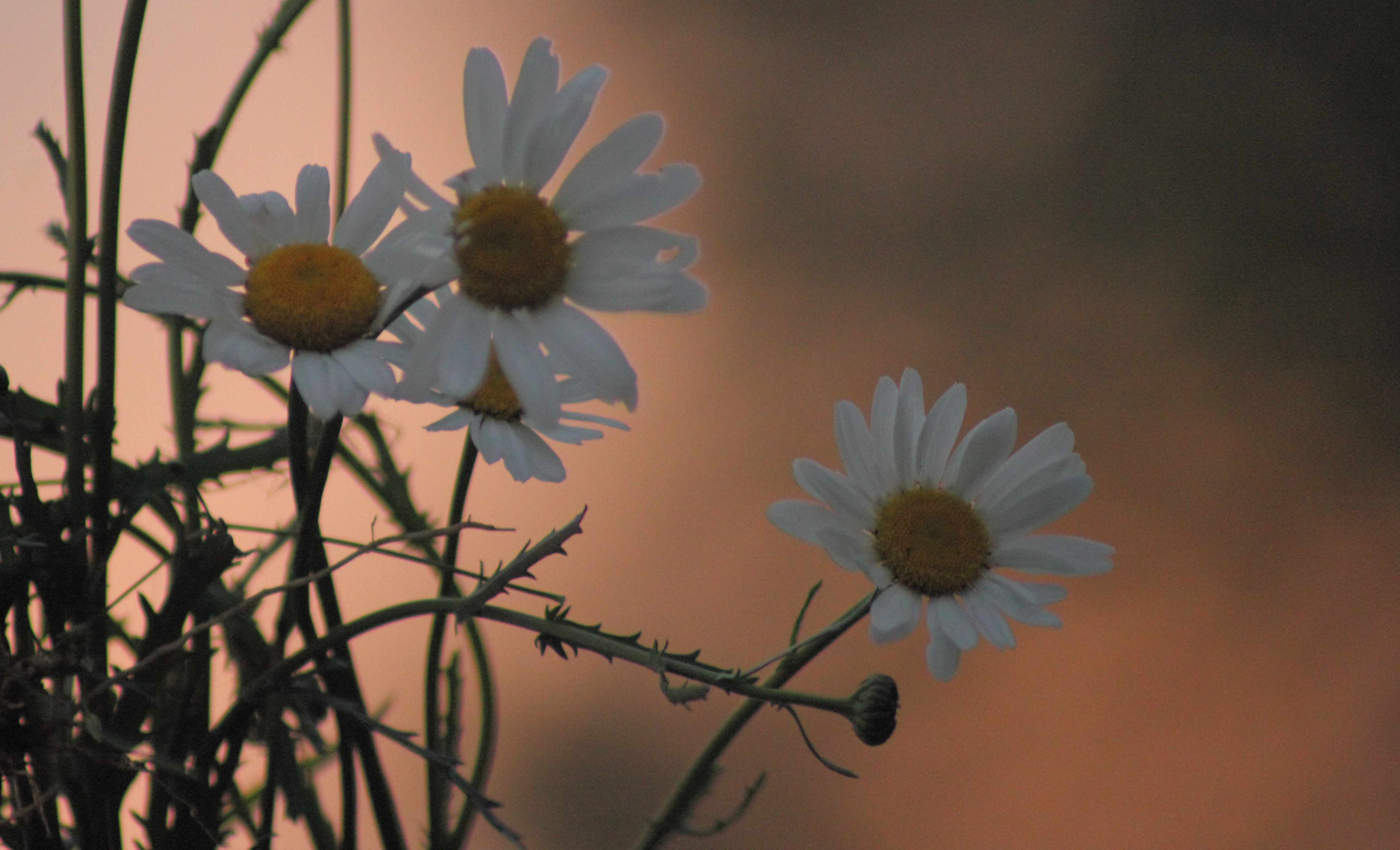.JPG)
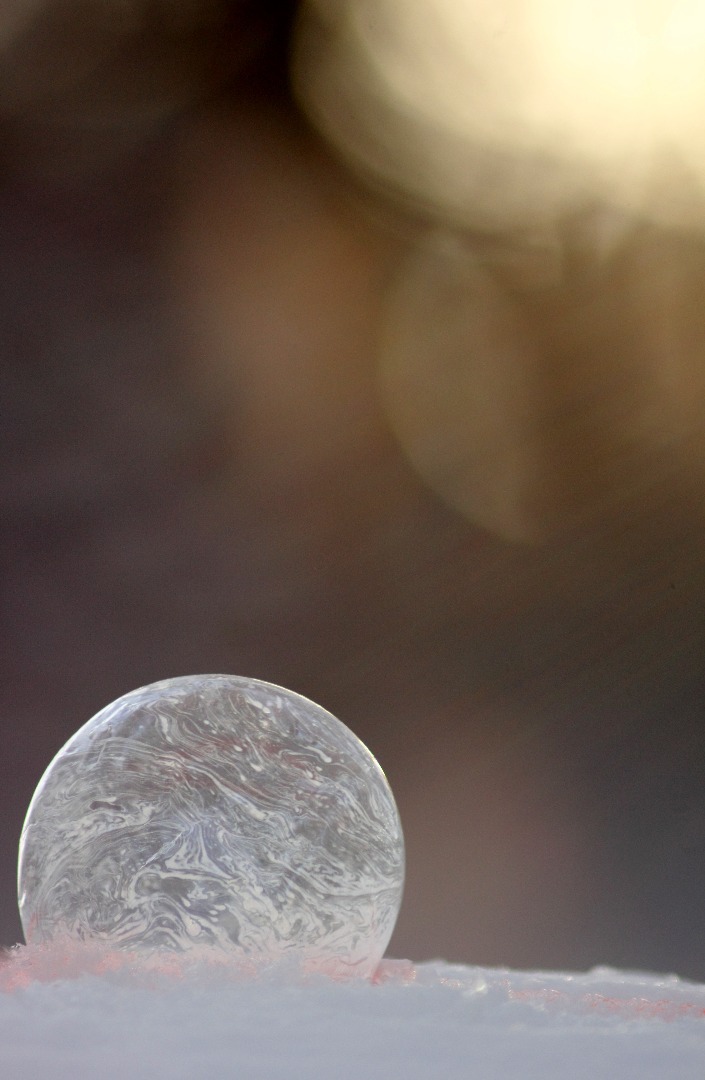
How: For beginners with their cameras, using the kids and pets (child or animal icon) or action shots (running person) program on your camera is the easiest way to automatically set to faster shutter and larger aperture.
Aperture is the amount the lens that is opened when a shot is taken. F-stops (focal ratio) are the numbers that refer to the aperture. The smaller the f-stop number, like an f/4, the wider the aperture and the more open the shutter will be. This means it will let in more light, so it should be used especially in low-light settings. Small apertures are larger numbers, like an f/20. These larger numbers would try to focus the back and foreground together, which is not what you want in the bokeh style.
Depth of field refers to the distance between the foreground and background of a picture. The closer you are to the subject and the farther away from the background, the more blur you will produce. It also means the range of distance that is acceptably sharp.
Two other factors when taking pictures are the exposure and the light sensitivity. If you are using one of the programs for action shots or kids and pets, this will be done for you. If you are brave and shooting in AV (aperture priority) or M Manual, you will need to understand how to set these. Exposure is measured by how long the shutter stays open when taking the picture. This is usually measured in a fraction, like 1/400 sec, meaning how long it stays open. This setting would be one more typical for daytime bokeh. For lower light shots, you would often use a longer shutter speed (more like 1/80 perhaps) letting in more light to be rendered by the camera. The lower the fraction, the more unintentional blur can be seen in the foreground so only use as low as needed to produce a nice shot. Any lower and you may need to use a tripod and a shutter on timer, which may be more necessary with a moving subject. ISO (International Standards Organization... why? I don't know) is the sensitivity of the camera's sensor when taking in that light, like an ISO-400. The higher the number, the more light will be used. The problem with the higher the number, again the more chance of unintentional blur in the foreground.
You can do bokeh with any camera and lens, but the effect will be more pronounced with a better macro or zoom lens, because they would be able to achieve a larger F stop. Make sure you are at an angle to the subject to use the lens fully extended (fully zoomed) on any camera you are using. Different types of light sources can create degrees of blur. Christmas lights, street lights, sunrises and sunsets are wonderful sources of light for the bokeh background. Be creative and try new things!
Point and Shoot
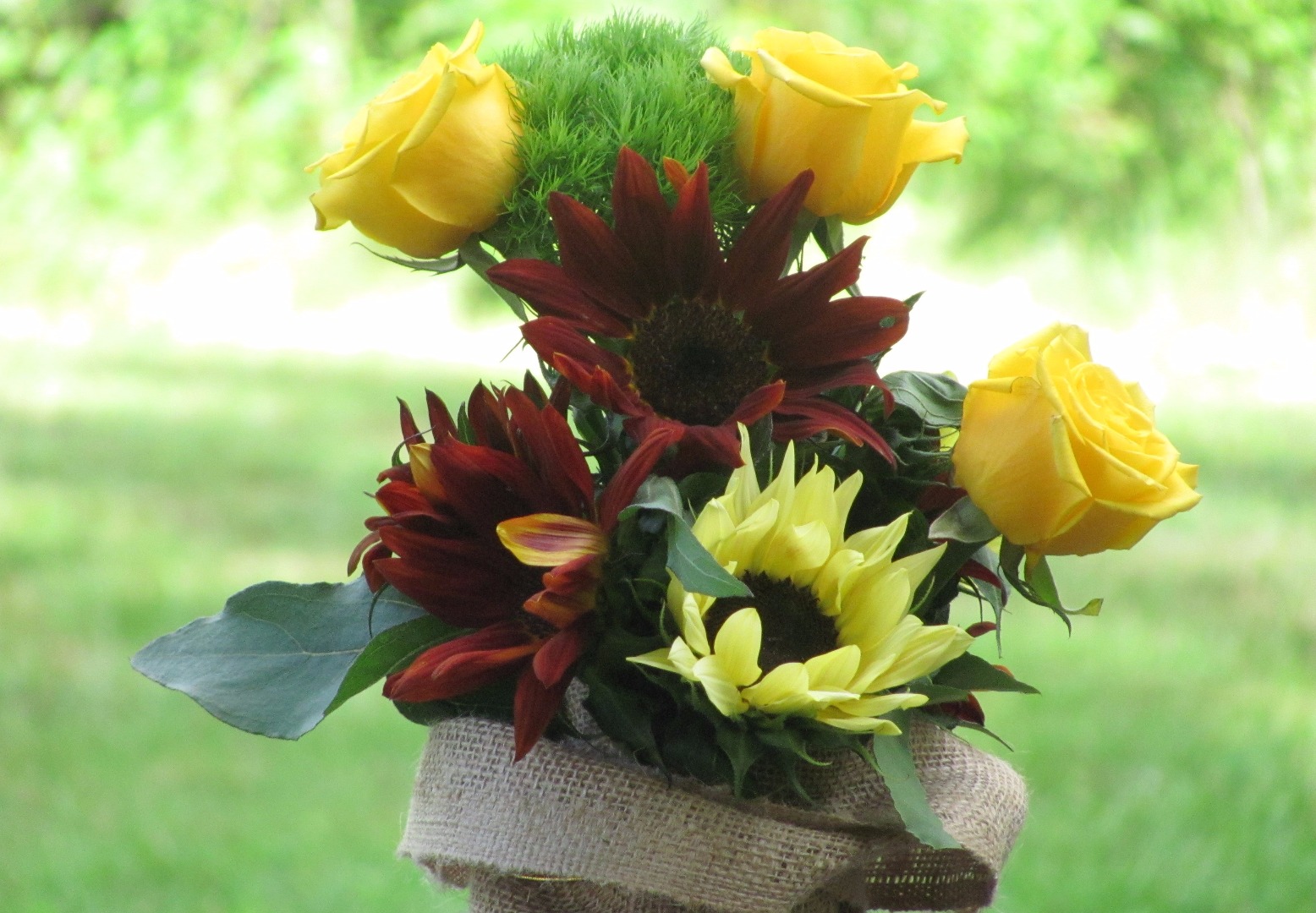
I will show you the bokeh effect with the same subject, using different cameras and lenses, and list my settings. Although they all look similar, the one done with my macro lens will show the most pronounced bokeh. Your amount of bokeh depends on what your camera can do and also how much you find visually pleasing.
The first picture was taken with my Canon Powershot SX120 IS at 10x zoom. f/4.3. Exposure time 1/400 sec. Light sensitivity ISO-400. The subject is at 11 feet (3.35 meters) and the background is (15.25 meters) behind the subject.
DSLR - Zoom Lens
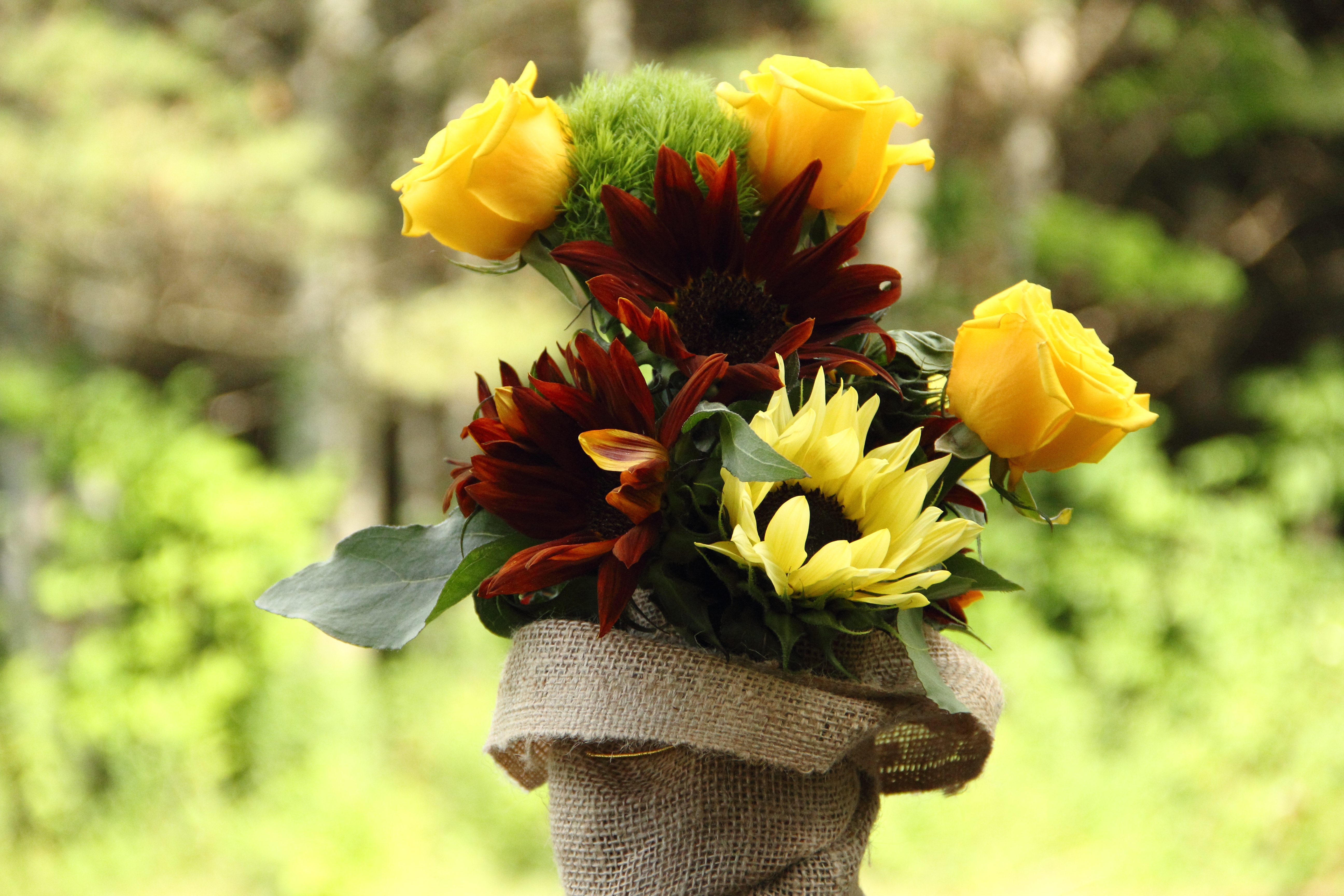
The second picture was taken with the camera I use for my photography now, a Canon EOS 60d with 18-135mm lens, fully extended. f/5.6. 1/1000 sec. ISO-2000. The subject is at 5 feet (1.5 meters) with the background at 50 feet (15.25 meters).
DSLR - Macro Lens
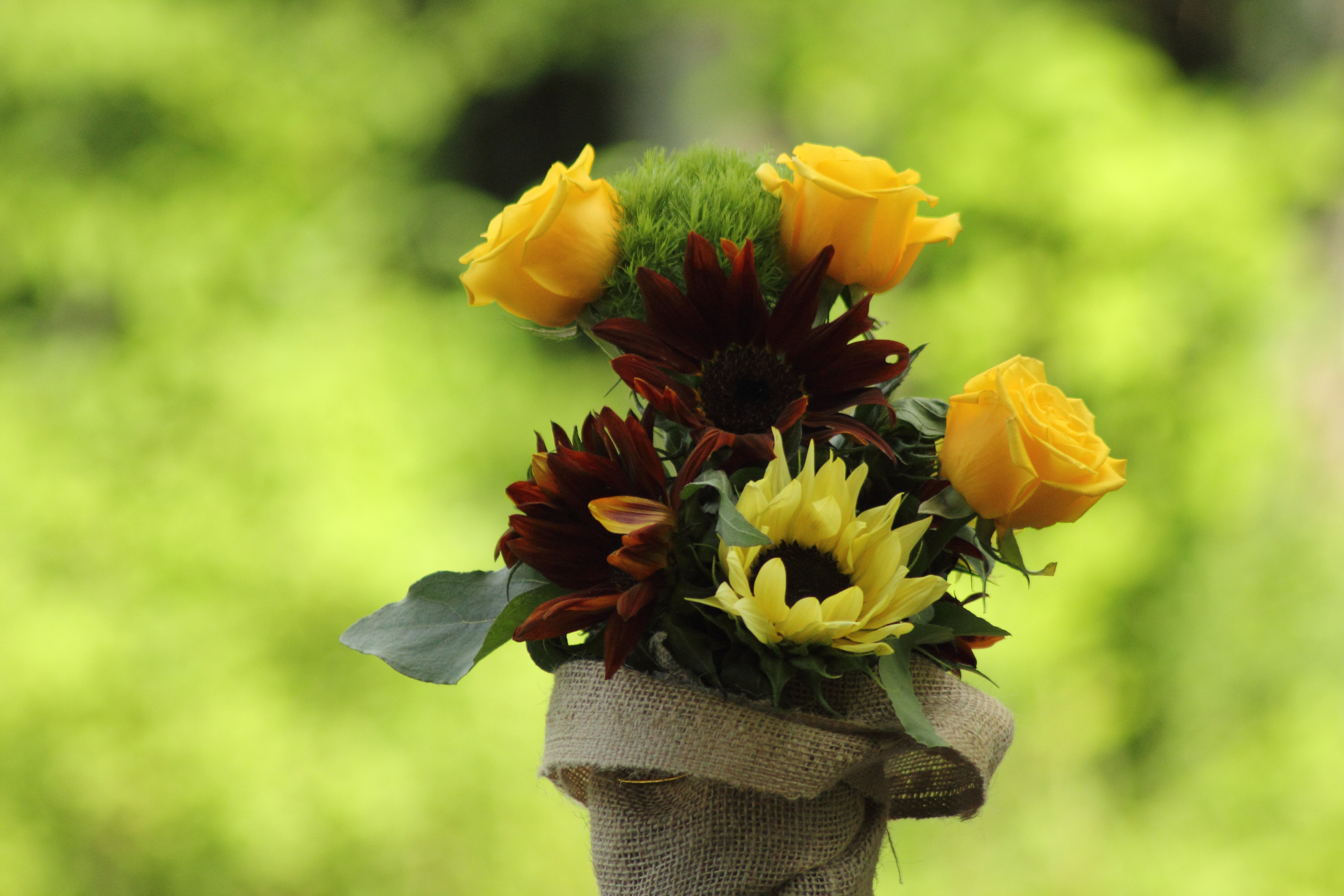
The final shot I took with my Canon EOS 60d with my 70-300mm macro lens, full extended. This is my personal favorite of the three. f/5. 1/1600 sec. ISO-1250. Subject at 16 feet (4.9 meters) and background at 50 feet (15.25 meters).
Conclusion
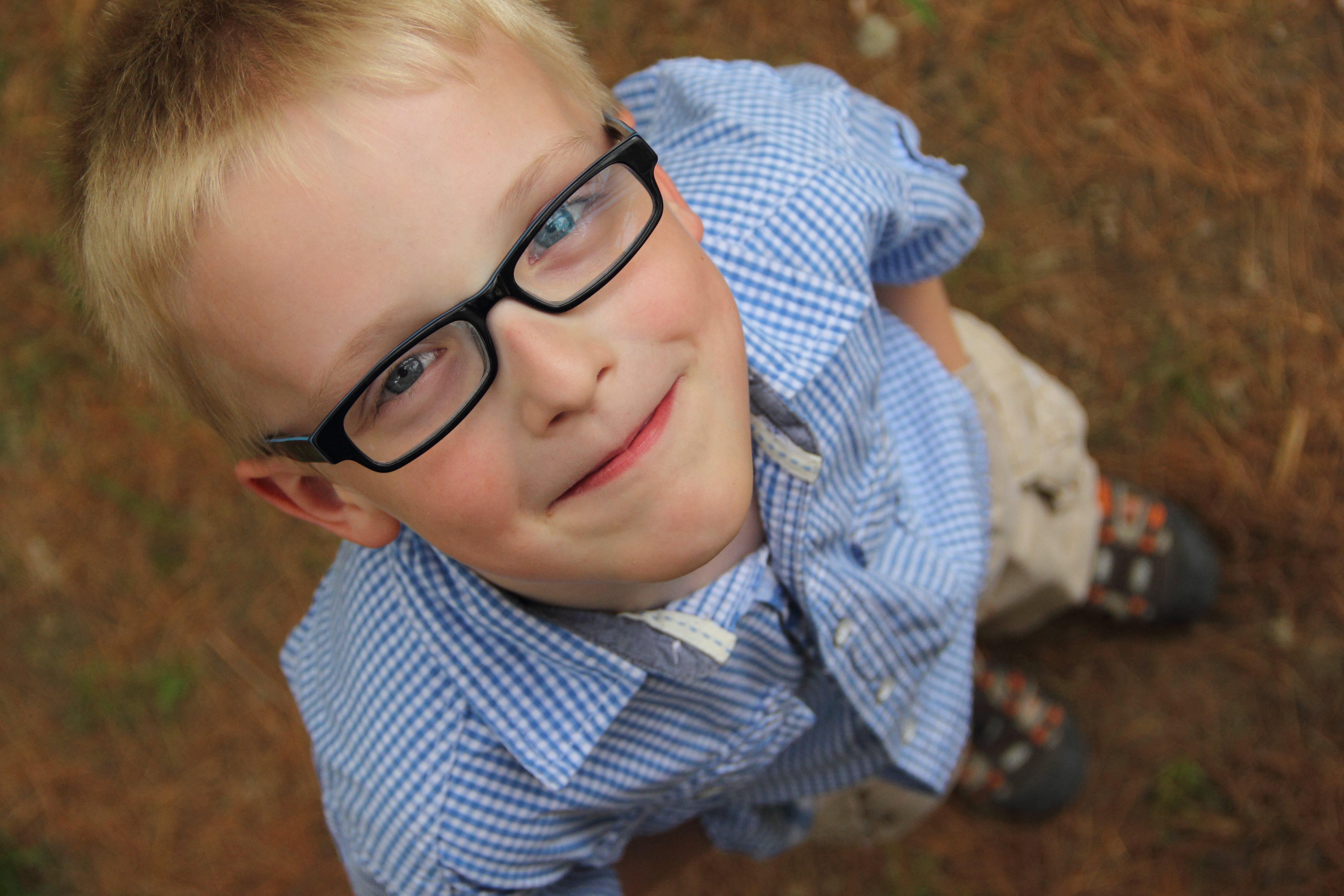
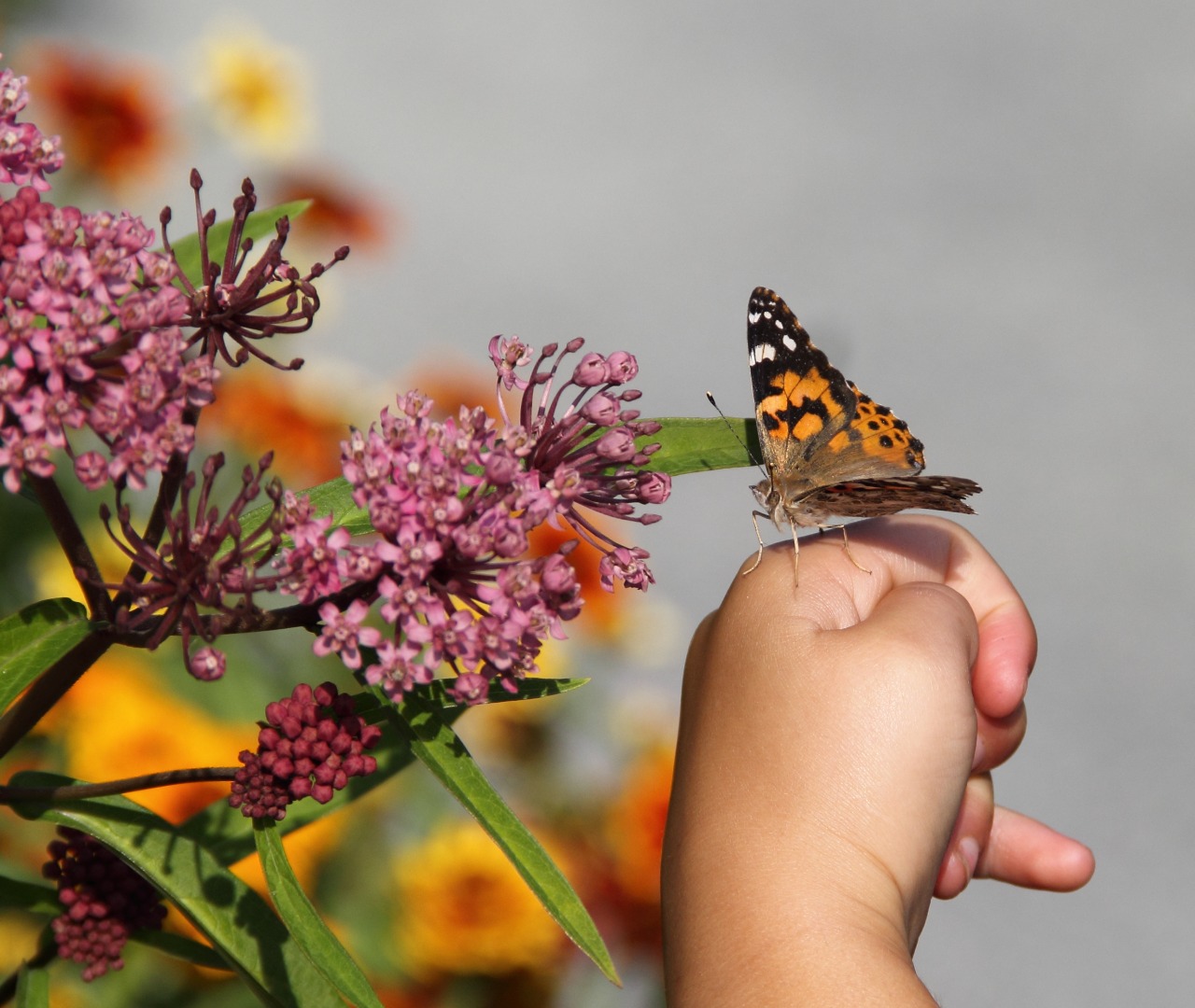
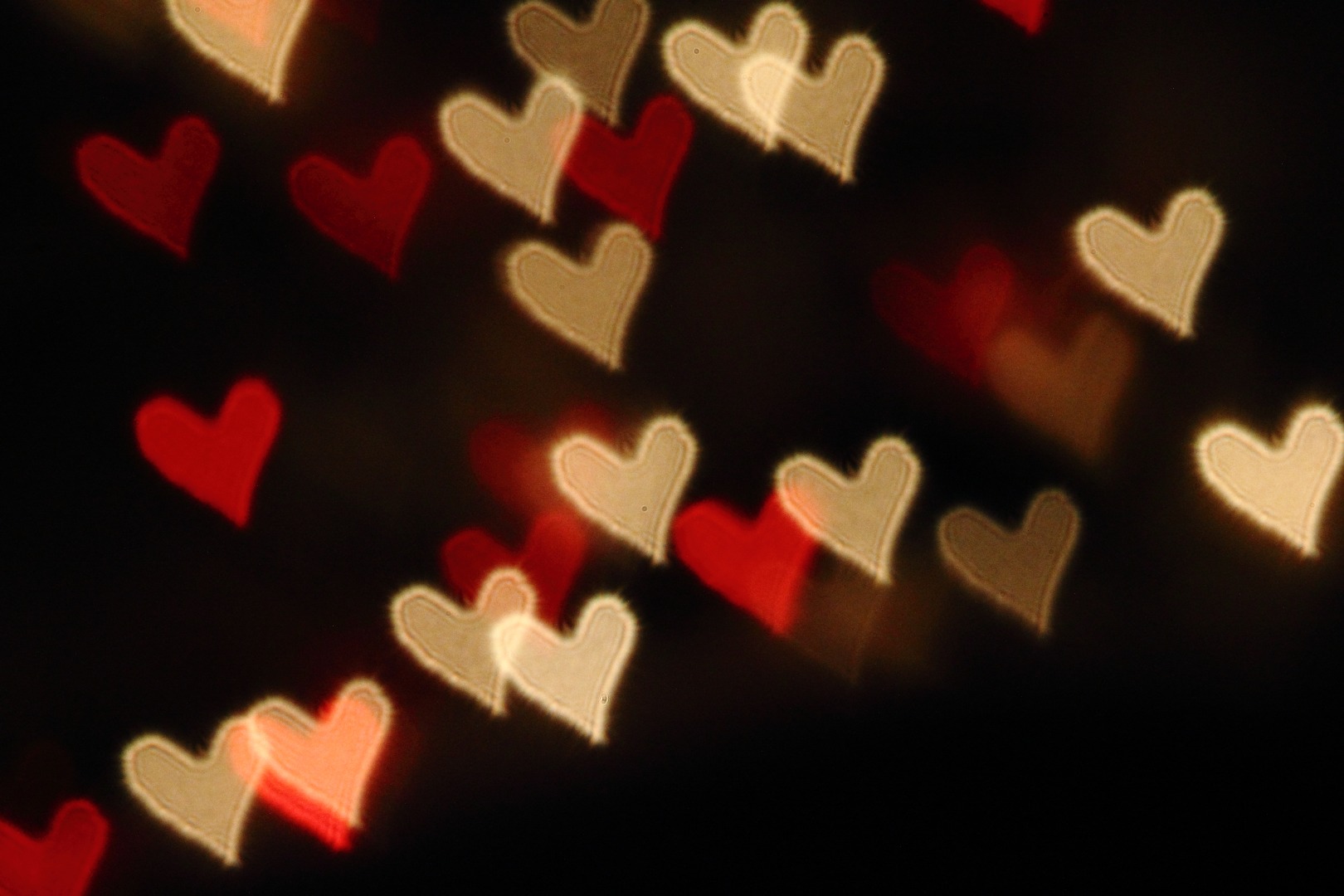
Remember that bokeh, like any type of art, is a type of expression. What may look pleasing to one person, might just seem blurry to another. Adjust your camera settings and keep shooting until you like the results. And when you have felt like you don't need any more shots, take ONE more. Often that one is the gold! We live in a beautiful time of digital photography, so the worst thing that will happen is you'll end up deleting it, so take lots of shots and enjoy trying out your new skill!
Feel free to comment if you have any questions. I will try and elaborate, if necessary.